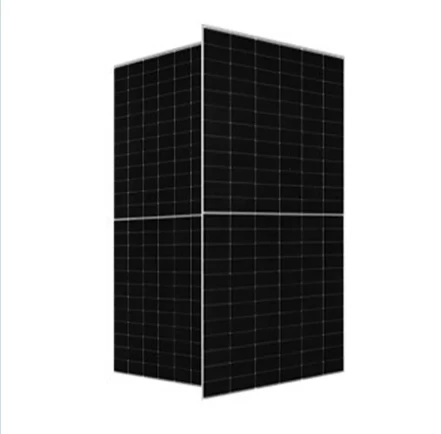Exploring Different Choices for Solar Panel Technologies and Their Benefits
Exploring Solar Panel Options A Guide for Homeowners
In recent years, the demand for renewable energy solutions has surged, with solar energy taking the lead. As awareness of environmental issues and rising energy costs grow, homeowners are increasingly considering solar panels as a viable option to power their homes. However, with a variety of solar panel options available in the market, making an informed decision can be overwhelming. This article aims to help you navigate through the different types of solar panels, their advantages, and relevant factors to consider before investing in solar technology.
Types of Solar Panels
There are primarily three types of solar panels to choose from monocrystalline, polycrystalline, and thin-film panels. Each type has its own unique characteristics, advantages, and disadvantages.
1. Monocrystalline Solar Panels These panels are made from a single crystalline structure, which contributes to their high efficiency rates. Monocrystalline panels can convert about 15-20% of sunlight into electricity, making them one of the most efficient options available. They are also space-efficient, meaning you can achieve higher energy output with fewer panels. However, this efficiency comes at a cost; monocrystalline panels are generally more expensive than their counterparts.
2. Polycrystalline Solar Panels Polycrystalline panels are made from multiple crystalline structures. While they tend to be less efficient than monocrystalline panels, converting about 13-16% of sunlight into electricity, they are more affordable. This makes polycrystalline panels a popular choice for homeowners who are looking to save money upfront while still investing in solar energy. One downside is that they usually require more roof space due to their lower efficiency.
3. Thin-Film Solar Panels Thin-film panels are made from a variety of materials, including cadmium telluride and amorphous silicon. They are lightweight, flexible, and can be manufactured in various forms. While thin-film panels are less efficient (about 10-12%) compared to crystalline options, they perform better in low-light conditions and can be installed in less conventional spaces. Their lower cost makes them appealing, but efficiency and lifespan may be a concern for some homeowners.
Advantages of Solar Panels
Investing in solar panels comes with a host of advantages beyond just reducing electricity bills
. Here are some significant benefits- Environmental Impact Solar energy is a clean, renewable source of power that reduces greenhouse gas emissions. By switching to solar, homeowners contribute to combating climate change.
- Energy Independence By generating your own electricity, you rely less on utility companies and hedge against rising energy prices. In some cases, excess energy produced by your solar system can be sold back to the grid, providing an additional income stream.
solar panel options

- Government Incentives Many governments offer tax credits, rebates, and incentives for installing solar panels. These programs can significantly offset the initial costs, making solar energy more accessible.
- Increased Property Value Homes equipped with solar panels often see an increase in property value. Many homebuyers are willing to pay a premium for homes that already have solar energy systems in place.
Considerations Before Installation
Before installing solar panels, there are several factors to consider
- Roof Condition and Orientation The condition and orientation of your roof play a crucial role in the efficiency of your solar power system. Ideally, your roof should be in good shape, facing south or southwest to capture maximum sunlight.
- Local Climate The amount of sunlight your location receives directly affects solar panel performance. Areas with higher sunlight availability will yield better results.
- Budget and Financing Options Determine your budget for the initial investment. Explore financing options such as solar loans, leases, and power purchase agreements to find what works best for your financial situation.
- Installation and Maintenance Choose a reputable solar provider with experience in installation and a good track record. Moreover, consider the long-term maintenance requirements to keep your system running efficiently.
Conclusion
Solar panels represent a significant step towards energy independence and environmental sustainability. With various options available, it’s essential to evaluate the types of panels according to your home’s specific conditions, budget, and goals. As technology continues to advance, solar energy becomes more efficient and cost-effective, making it a wise investment for the future. Whether you opt for monocrystalline, polycrystalline, or thin-film panels, the transition to solar power is one that not only saves you money but also helps protect our planet for generations to come.
-
String Solar Inverter: The High-Efficiency Solution for Smart Solar EnergyNewsJul.14,2025
-
Revolutionizing Rooftop Energy with the Power of the Micro Solar InverterNewsJul.14,2025
-
Power Independence with Smart Off Grid Solar Inverter SolutionsNewsJul.14,2025
-
On Grid Solar Inverter: Powering the Future with Smart Grid IntegrationNewsJul.14,2025
-
Monocrystalline Solar Panels: High-Efficiency Power for the Future of Clean EnergyNewsJul.14,2025
-
Bifacial Solar Panel: A Smarter Investment for Next-Generation Energy SystemsNewsJul.14,2025







